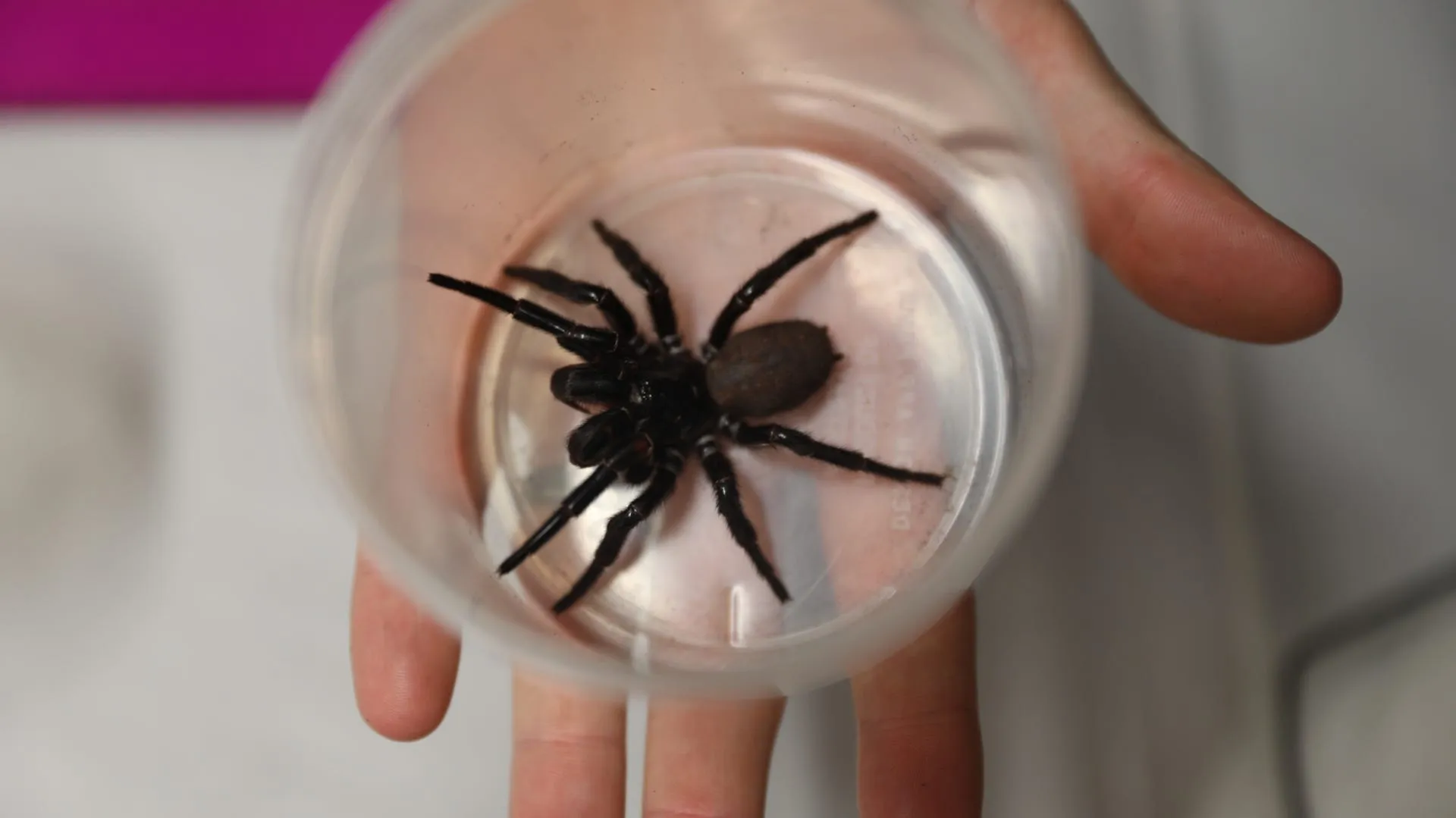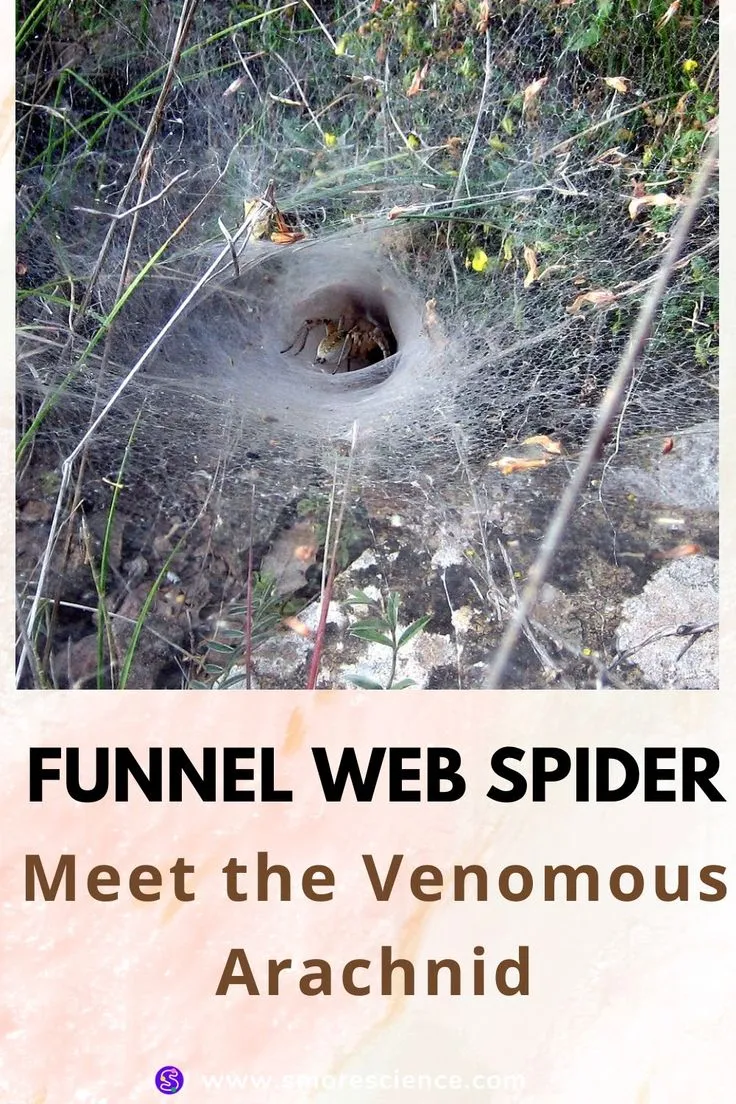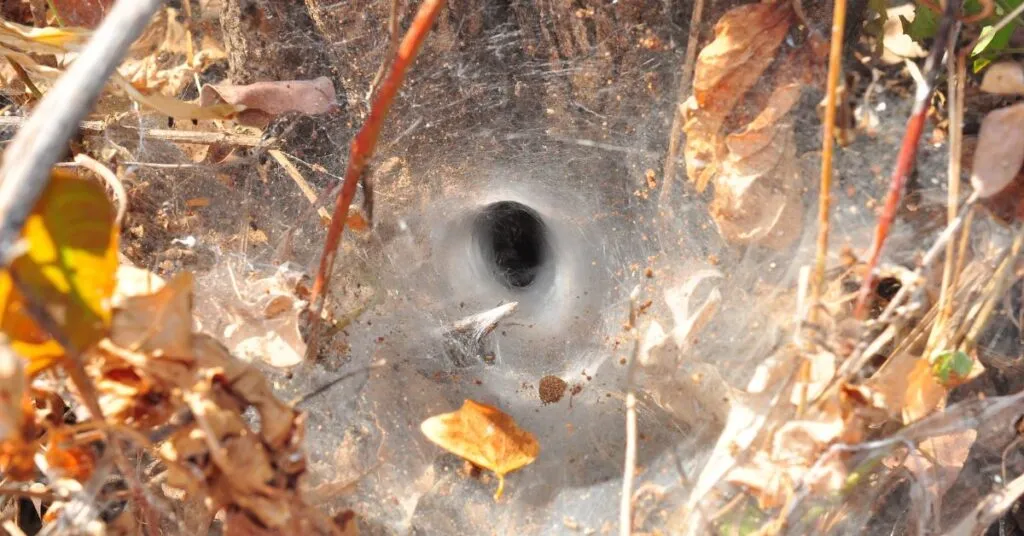Tarantula vs Funnel Web Spider Introduction
The world of arachnids is filled with fascinating creatures, but some of the most intriguing and, at times, feared are spiders. Among the vast array of spider species, tarantulas and funnel web spiders stand out. Both are large, often hairy, and possess venom, leading to understandable confusion and concern. However, these spiders are distinct in many ways, from their appearance and habitat to their venom potency and behavior. Understanding the key differences between a tarantula and a funnel web spider is crucial for anyone living in or visiting regions where these spiders are found. This article will explore the top 5 differences, providing you with the knowledge to identify and understand these remarkable arachnids.
Appearance Differences between Tarantulas and Funnel Web Spiders
One of the first things to consider when differentiating between a tarantula and a funnel web spider is their physical appearance. Though both are spiders, their body structures, sizes, and coloration differ significantly, providing useful clues for identification. Paying close attention to these features can greatly assist in distinguishing one from the other. Observing these traits can help ensure safety and awareness in their natural habitats.
Size and Body Features

Tarantulas are generally larger spiders, often with a leg span that can reach up to 10 inches or more. Their bodies are robust and covered in dense hairs, giving them a fuzzy appearance. They possess large fangs, designed for delivering venom, and their bodies are divided into two main sections: the cephalothorax (fused head and thorax) and the abdomen. Funnel web spiders, while also relatively large, tend to be smaller than tarantulas. Their leg spans are typically shorter. Their bodies are generally less hairy and more streamlined compared to tarantulas. This difference in size and overall body structure is a key visual identifier. (Image: tarantula-size-comparison.webp)
Coloration and Markings
Tarantulas exhibit a wide range of colors, from browns and blacks to vibrant blues, oranges, and reds, depending on the species. Their bodies often have a uniform color or subtle patterns. Funnel web spiders are typically darker in color, often ranging from black to brown. They may have a glossy appearance and less distinct markings. Their coloration often helps them blend with their surroundings within their respective habitats. The distinct differences in coloration and the presence or absence of markings are crucial in visual identification. The overall appearance can provide a quick, initial method for identifying the type of spider encountered.
Habitat and Distribution
Understanding the habitats and distribution patterns of tarantulas and funnel web spiders is vital for knowing where you might encounter them. These spiders have specific environmental requirements, which dictate where they can thrive. Their geographical distribution can help greatly in differentiating between the two types of spiders. Each spider’s preference for a specific environment greatly influences its behavior and potential encounters with humans and other animals.
Where Tarantulas Live

Tarantulas are found in various habitats, including tropical, subtropical, and temperate regions. They commonly live in burrows in the ground, under rocks, or within tree hollows. Tarantulas are often found in areas with warm climates and varied terrains. Their presence is common across the Americas, parts of Africa, Asia, and Australia. Their lifestyle is mainly solitary, with each tarantula occupying its territory. Knowing their preferred habitats, from the rainforest to the desert, is essential for predicting where you might find them. (Image: tarantula-habitat.webp)
Where Funnel Web Spiders Live
Funnel web spiders are primarily found in Australia, with the Sydney funnel-web spider being the most notorious. These spiders prefer humid, sheltered environments, such as forests and gardens. They build characteristic funnel-shaped webs, often in burrows, under rocks, and in logs. They are less widespread compared to tarantulas and are usually found in a more specific geographical area. These spiders are adapted to living in damp conditions, frequently near sources of water. Their habitat preferences provide essential clues for identifying them. (Image: funnel-web-spider-habitat.webp)
Venom and Toxicity
The potency of venom is another significant difference between tarantulas and funnel web spiders. While both possess venom, the composition and effects on humans vary. Assessing the venom’s toxicity is crucial for understanding the potential risks associated with each spider. This understanding helps in evaluating the severity of bites and determining appropriate treatment strategies.
Venom Potency of Tarantulas

Tarantula venom, while present, is generally considered less potent than that of funnel web spiders. Their venom is primarily designed to subdue prey, such as insects and small animals. For humans, tarantula bites are often painful due to the mechanical trauma from their fangs and the injection of venom, but they are rarely life-threatening. Symptoms may include localized pain, swelling, and redness, and the effects are usually limited to the bite area. Some species also have urticating hairs that can cause irritation. The primary risk associated with tarantulas is usually the physical trauma from a bite, rather than a severe toxic reaction. (Image: funnel-web-spider-venom.webp)
Venom Potency of Funnel Web Spiders
Funnel web spiders, particularly the Sydney funnel-web spider, have highly toxic venom that poses a significant threat to humans. Their venom contains a complex mix of toxins, which can affect the nervous system. Bites from these spiders are considered a medical emergency. Symptoms can include muscle spasms, difficulty breathing, and even death if left untreated. The venom of these spiders is far more potent, capable of causing severe systemic reactions in humans. Antivenom is available and is highly effective if administered promptly. The presence of antivenom has greatly reduced the fatalities caused by funnel web spider bites. (Image: funnel-web-spider-venom.webp)
Behavioral Traits
The behavioral traits of tarantulas and funnel web spiders play a crucial role in how they interact with their environment and, consequently, with humans. Their temperaments, hunting strategies, and defensive mechanisms differ significantly, influencing their potential to cause harm. Understanding their behavior allows for safer interactions and informed responses to encounters with these spiders.
Temperament of Tarantulas

Tarantulas are generally docile and tend to avoid confrontation. When threatened, they may rear up, display their fangs, and flick urticating hairs from their abdomen as a defense mechanism. They are not naturally aggressive towards humans and will often try to escape rather than bite. Handling can potentially provoke a bite, but it is usually a last resort. Their behavior makes them relatively easier to manage and less likely to attack unless provoked. They are primarily nocturnal hunters, spending most of the day hidden in burrows or under cover. The slow-moving nature of most tarantulas also contributes to their perceived calm behavior.
Temperament of Funnel Web Spiders
Funnel web spiders, especially the male Sydney funnel-web spiders, are known for being aggressive and quick to bite when threatened. They are very territorial and will defend their territory aggressively. They may exhibit a defensive posture, with their fangs bared, and will readily bite if they feel threatened. This aggressive behavior, combined with their highly toxic venom, makes them very dangerous. They are often encountered during mating season when males actively seek females. Understanding their territoriality and aggression is key to avoiding bites.
Danger to Humans
The level of danger posed by tarantulas and funnel web spiders to humans differs significantly. While both have the potential to inflict harm, the severity of the threat varies considerably due to factors like venom potency, bite frequency, and the effectiveness of treatments. Understanding the potential risks is critical for safety and informed decision-making.
Tarantula Bites and Their Effects

Tarantula bites are generally not life-threatening to humans. The primary risk comes from the mechanical trauma of the bite and potential secondary infections. Symptoms may include localized pain, swelling, redness, and itching at the bite site. Some people may experience mild allergic reactions. Urticating hairs, which some tarantulas flick off, can cause skin and eye irritation. Medical attention is usually not required, and symptoms typically resolve within a few days. (Image: tarantula-bite.webp)
Funnel Web Spider Bites and Their Effects
Funnel web spider bites are considered a medical emergency due to their highly toxic venom. The venom can cause severe symptoms, including muscle spasms, difficulty breathing, high blood pressure, and even death if not treated promptly. The antivenom is available and is highly effective. Prompt medical treatment and antivenom administration are crucial for survival. Anyone bitten by a funnel web spider should seek immediate medical attention. Symptoms can progress rapidly, so swift action is essential. (Image: funnel-web-spider-bite.webp)
Conclusion
Distinguishing between a tarantula and a funnel web spider is essential for ensuring safety and understanding the potential risks involved with each spider. These two arachnids, while both belonging to the spider family, possess distinct characteristics. They differ in size, appearance, habitat, venom potency, and behavior. Tarantulas, often large and hairy, have less potent venom and are generally docile. Funnel web spiders, particularly the Sydney funnel-web spider, are smaller, more aggressive, and possess a highly toxic venom. Understanding the differences in these spiders can help you identify and respond appropriately to encounters with either of them, whether in their natural environment or in your own home.
